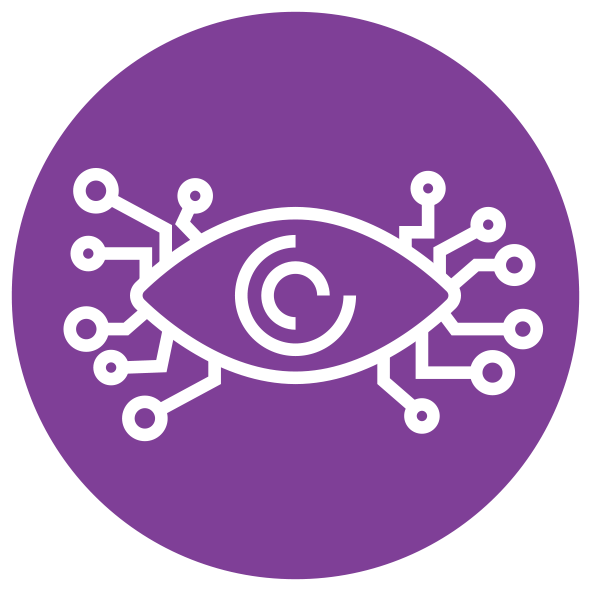Submitted by .
on November 30, 2015
QUANTUM SHORTS 2015: SHORTLISTED, YOUTH CATEGORY
The rather plain office building was an ant mound. On the exterior it was nothing more than an ordinary and unassuming structure. On the inside it was filled with workers accomplishing tasks exponentially greater than their statures. Except ants usually aren’t intoxicated with power.
My first day on the job coincided with the initial snow of the year. I had finally made it. I had the chance to be one of them.
I remember being greeted by one of the higher-ups. She was very friendly and had perfectly veneered teeth. She showed me around the office building and pointed out restrooms, computer labs, file rooms and the like. Then she led me into a room with a machine that changed my outlook on human society forever.
“This is what you will be helping to operate.”
Had I known the true gravity of those words I would have had goose bumps everywhere. “It certainly looks impressive,” I stupidly replied because I felt the need to fill the silence.
“You don’t know what this does, do you?” She accompanied her words with a grin I didn’t think was humanly possible.
I sheepishly shook my head.
“This, my dear, is how we govern. This is how we rule the world.”
“Oh,” I said with intrigue, eyes wide open.
“As you know, you have been called upon to become a member of this oligarchy. No, it’s more of a technocracy. That’s also incorrect. Geniocracy? Anyway, labels aren’t important, correct?”
“No, madam.”
She nodded with approval. “Let me continue. Democracy is an integral component to the modern world. The average citizen in a democratic country enjoys the right to have power and control over who their leaders are. Unfortunately, they almost never choose the best people for the job. Likewise, despots and leaders with regimes are rarely the proper people to have in control. This is where we and this dandy device step in. With this machine we can control the decisions and actions of almost every world leader with amazing precision.” She was overflowing with pride.
“If I may ask, madam, how?”
“Sure, not an issue. This machine contains many particles that are entangled with other particles that are inside world leader’s bodies. Let’s say we wanted to change a certain prime minister’s mind on an issue. We would have to influence the certain particles in this device that are entangled with the particles in his or her body to convey the information we want, which can be read at a cellular or neuronal level. It’s incredibly accurate. We can be as subtle as changing a gut feeling towards a subject. Of course, we can also spoon-feed thoughts and motivations to the person. The process is remarkably fine-tuned. Thus, we can manipulate whoever’s in power to do the proper thing.”
“Oh, my. Well, how do we get the entangled particles in the bodies? How do they stay there?”
“It’s quite simple. You know freezing at a dental procedure, anesthetic shots at the plastic surgeon’s, flu vaccines? We have people who are in on this everywhere. We wouldn’t be able to function otherwise. Typically the particles enter the bloodstream from the injection site and find a secure place to lodge and do their job for a long time. That’s how the particles enter, and they, like environmental toxins, stay put and build up in the body.”
“Wow.” My mind was trying to process the possibilities.
“It’s a beautiful system. Spooky action at a distance harnessed to perfection. Civilians think they are in control. Leaders think they are in control. Even cabinet members, people in congress and viziers think they wield their own power. People who know better can make the tough decisions. People like you. You were chosen for your high intelligence regarding compassion. You see, we employ all different types of intelligences here in order to take proper action.”
I nodded. Then I started to think. The implications of her previous statements made a chill crawl up my spine. Her words meant that many conflicts were manufactured, because one leader”s actions and another leader’s reactions were both being controlled right here. “So, with all the conflict over natural resources and wars going on right now-“
“Yes, there’s no extreme effort to stop them right now. I’m still reading through reports, but I believe we made this decision to help promote overall economic growth and technological improvements. A world without conflict tends to stagnate progress.”
“People are dying,” I spouted.
“And we do weigh many factors before making decisions. See? You’ll be great at your job. You’ll provide the argument that appeals to compassion. You’re very bright in that regard, and we have high expectations!”
The world leaders were my puppets. Did I dare pull the strings? Did I dare destroy the only extraordinary intelligence I had? Unfortunately, humans are fundamentally flawed. at the wonders of the universe, but likes to contemplate the strange and mysterious.



